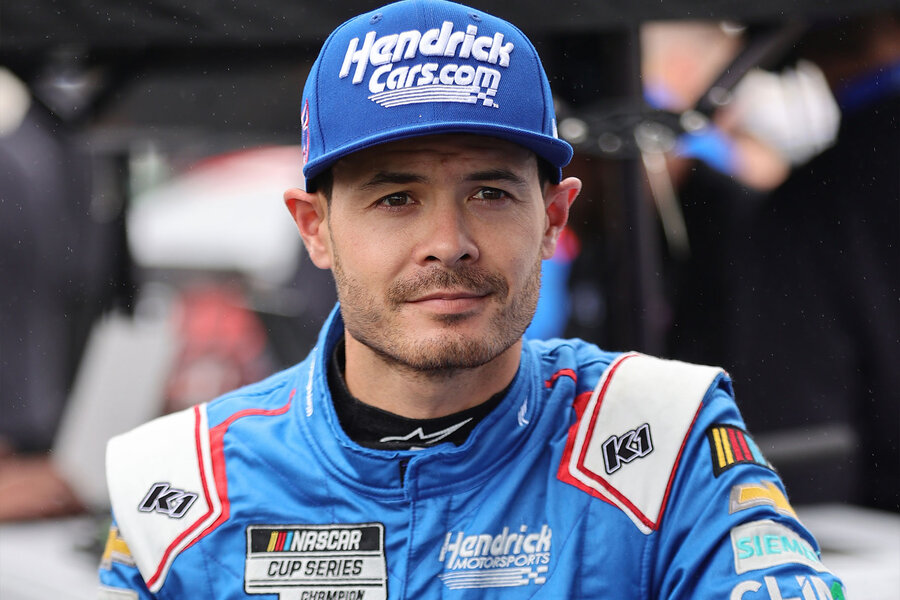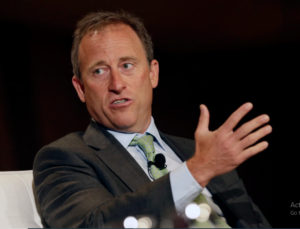BREAKIN G: Kyle Larson Threatened to withdraw contract with Hendricks if his demands are not considered

In the fast-paced world of NASCAR, contract terminations involving top drivers often make headlines due to their significant impact on the sport. One notable example is the recent situation involving a prominent driver who has parted ways with their team under dramatic circumstances. While such moves are not uncommon in professional sports, the reasons behind these terminations can be multifaceted and complex.
For instance, consider a hypothetical scenario where a top driver, known for their exceptional talent and high-profile presence, has had their contract terminated. This situation typically unfolds when there are underlying issues between the driver and the team that are not easily resolved. The reasons for such a termination can range from performance-related concerns to financial disagreements, or even personal issues.
Performance issues are a common reason for contract terminations. In NASCAR, where every fraction of a second counts, a driver’s inability to secure victories or consistently perform at a high level can lead to a reevaluation of their position. Teams invest heavily in drivers, and when expected results are not delivered, they may seek to make changes to improve their chances of success.
Financial disagreements are another frequent cause. NASCAR contracts are often worth millions of dollars, and financial disputes can arise over sponsorships, performance bonuses, or other contractual obligations. If a team and driver cannot come to an agreement on these financial matters, it may lead to a mutual decision to terminate the contract.

Personal issues and team dynamics also play a role. Relationships between drivers, their teams, and their sponsors are crucial. A strained relationship or disagreements over team strategy, car setup, or other critical aspects can sometimes lead to a parting of ways. In some cases, drivers may seek new opportunities or a change of environment to reignite their career, leading to contract terminations.
When a top NASCAR driver departs, it often results in significant media coverage and speculation about their next move. Teams frequently look to fill the vacant position with emerging talent or a driver with a strong track record to maintain their competitive edge. Meanwhile, the driver’s departure opens new opportunities, potentially leading to a new team or a fresh start in their racing career.
In conclusion, the termination of a contract involving a top NASCAR driver is a multifaceted issue influenced by performance, financial considerations, and personal dynamics. Such developments are closely watched by fans and industry insiders, marking significant shifts in the competitive landscape of NASCAR.







